ISS Miso
RESEARCH
The unique space environment makes it possible to ask new scientific questions, and demands new technologies to sustain life in it. Food, as a physiological necessity, a medium of diverse cultural expression, and a bridge between disciplines, offers opportunities to bring together these fundamental and applied questions on and off Earth. In this study we explore whether food fermentation in space is possible, and if so, how it compares with earthbound fermentation. We produced a miso, a traditional Japanese condiment, on the International Space Station over 30 days, and compared it with two earthbound controls to investigate the microbial communities’ composition and safety, and flavor chemistry.
Link to Open Access paper in iScience.
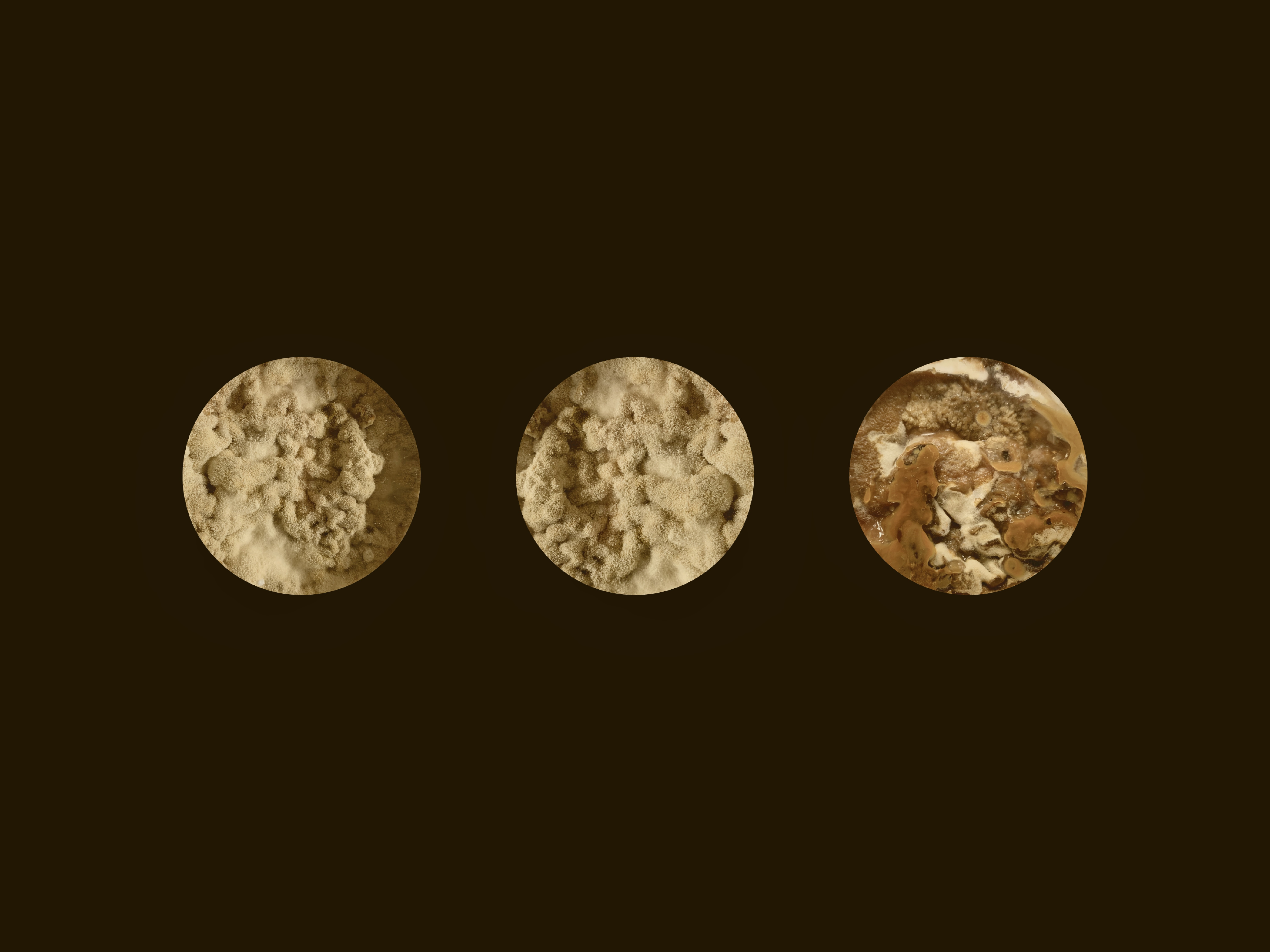
Top view of Space miso sample and Earth control samples
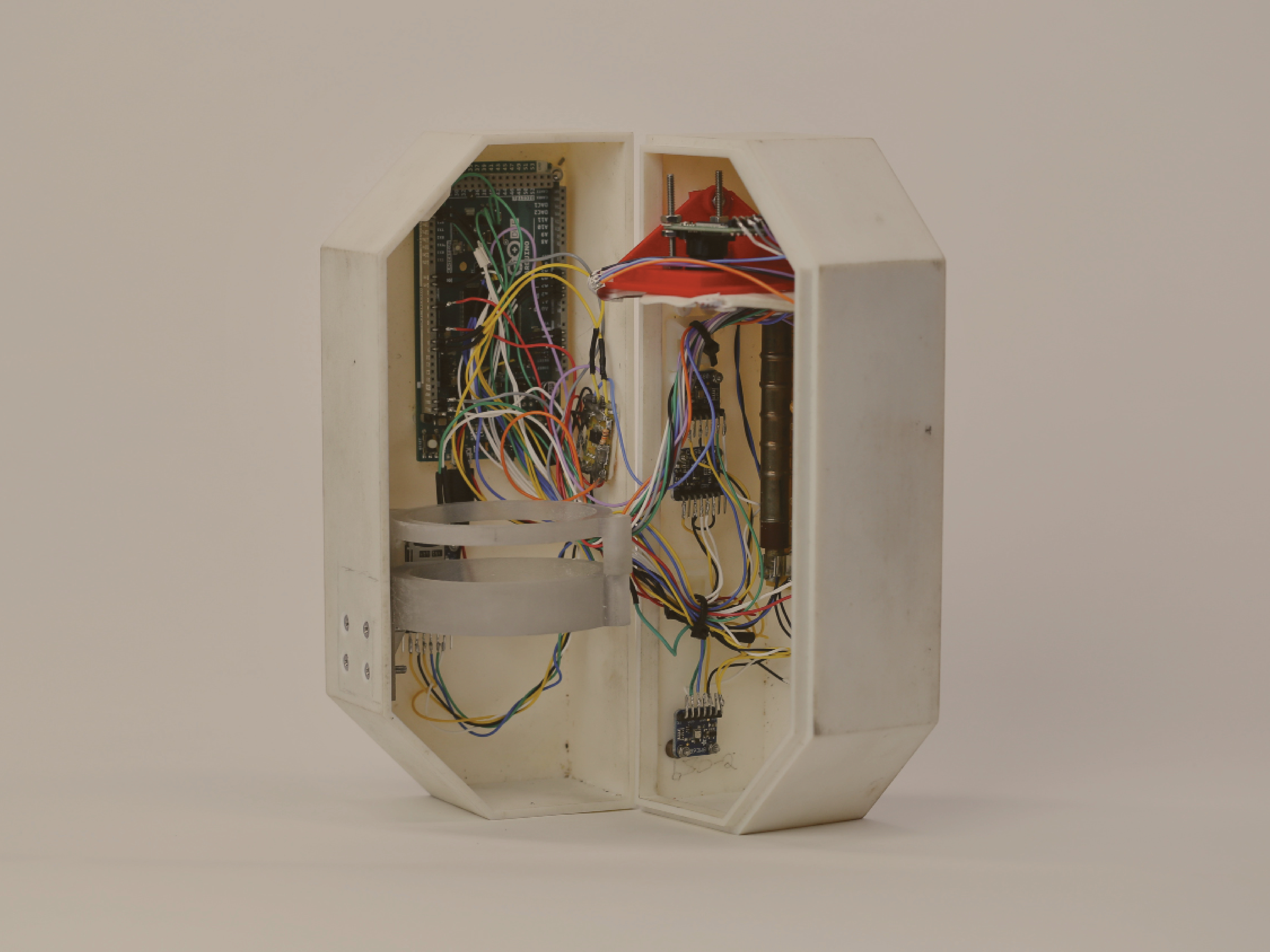
Environmental sensing box that housed a miso sample in the International Space Station.
![]() Miso at rocket launch at Cape Canaveral.
Miso at rocket launch at Cape Canaveral.
![]()
Portioning the miso mixture.
![]()
Miso samples in cold storage.
![]()
UPS delivery of space-fermented miso to my doorstep in Cambridge, Massachusetts
 Miso at rocket launch at Cape Canaveral.
Miso at rocket launch at Cape Canaveral.
Portioning the miso mixture.

Miso samples in cold storage.

UPS delivery of space-fermented miso to my doorstep in Cambridge, Massachusetts
COLLABORATORS
Joshua Evans
Industrial design and fabrication: Peter Dilworth
System and electronics: Jamie Milliken, Patrick Chwalek
Food science: Karoline Koth, Tiffany Shang Heng Mak, and Nabila Rodriquez
Supported by: MIT Space Exploration Initiative
Special thanks:
Sustainable Food Innovation, Danish Technical University
Harvard University
MIT Media Lab
Cosmic Garden
PHOTO ESSAY
Planted in the High Arctic, a garden of instruments endures the extreme cold while collecting critical information for climate scientists–from daily weather forecasts to long term climate change predictions. The instruments are built to serve as an extension of the researcher's curiosity, but they also have agency with their own hidden story about how the changing environment looks and feels. Quiet observation of their design and behavior hints at these stories. Some excitedly squeak tilting towards the sun, and others remain buried deep within a moving glacier to collect frequencies inaudible to the human ear.
Do scientific instruments dream of being part of a big discovery as much as the scientist using them does? Do they hold secrets about the environment that they cannot figure out how to tell humans yet?
This story presents a photographic field guide of the network of instruments used by climate scientists at the Ny-Ålesund Research Station, Svalbard, the world's northernmost scientific community and natural polar laboratory for environmental monitoring, and to study climate change.









Supported by: MIT Space Exploration Initiative
Special thanks:
Ny-Ålesund Research Station
Kings Bay
MIT Space Exploration Initiative
Unidentified Food Objects
BOOK | EXHIBITION
Unidentified Food Objects imagines past, present, and future foodways on and off Earth. It pushes the boundaries of space food to inspire a new field of interplanetary gastronomy that questions both what is possible and what is desirable.
The series features speculative objects and recipes. The book and limited edition prints were printed using risography by ppppress at MIT.
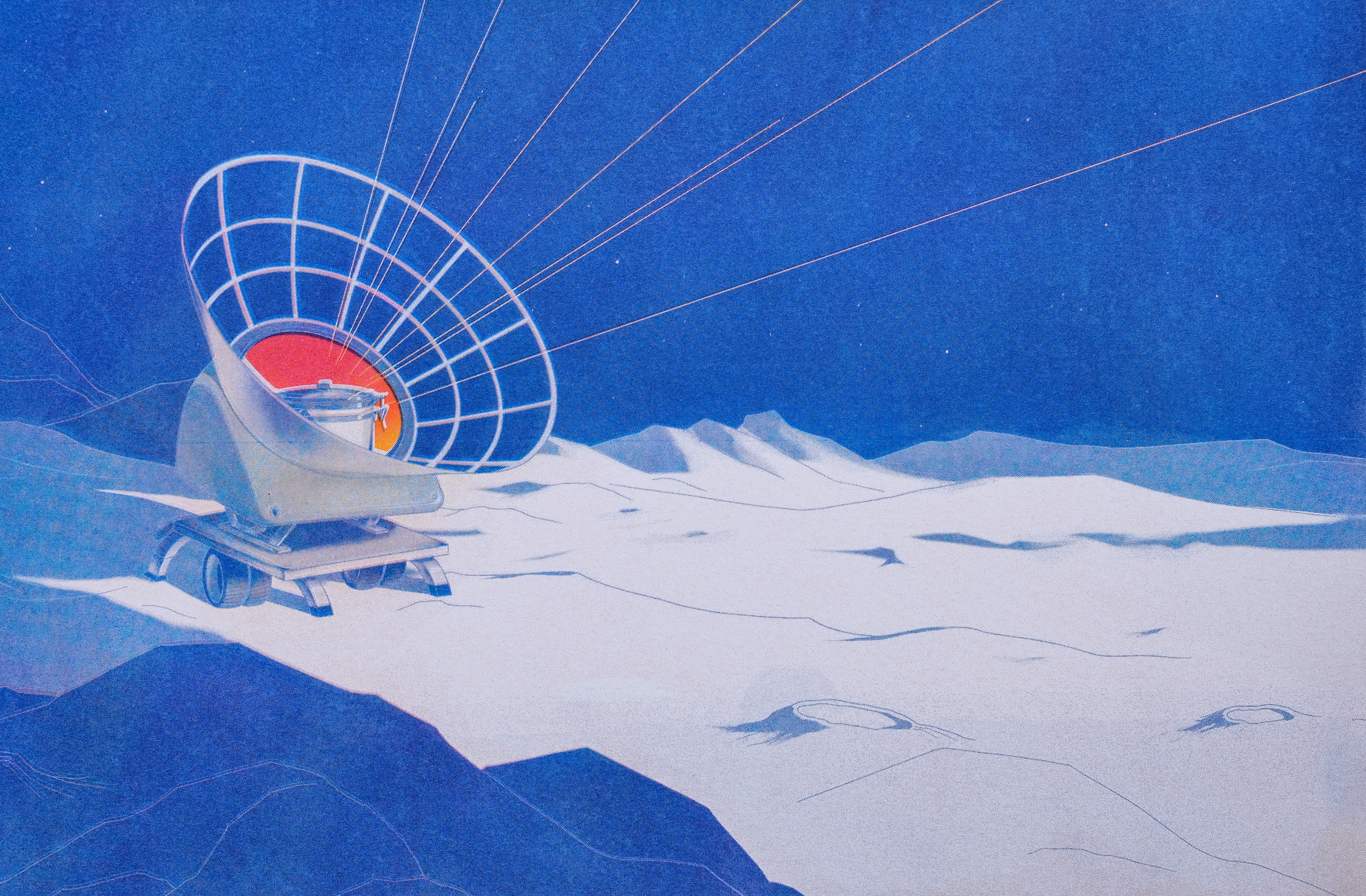
Solar Cooking

Sourdough Rocket

Gravity Proof

Champagne, Elderflower, and Violet Space Jelly
Recipe contributed by Bompas & Parr
Recipe contributed by Bompas & Parr

Astronaut Hot Sauce

Martian Ceramics
![]()
Space Food Helmet

Space Food Helmet

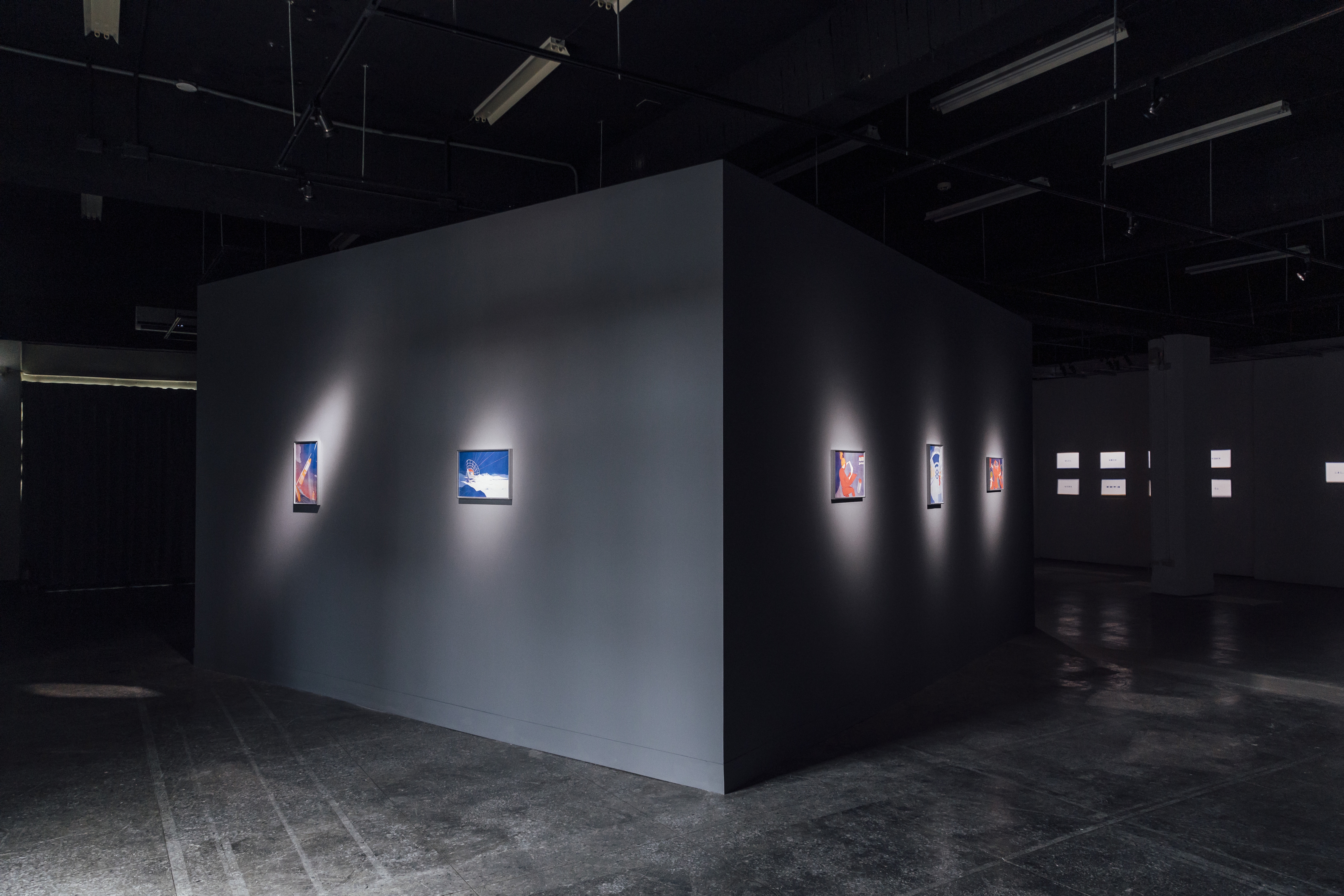
Exhibition view at Science, Technology, and Society, Taiwan Contemporary Culture Lab, curated by Caitlin Lai, Taipei, Taiwan.

COLLABORATORS
Illustrations: Yilan Gao
Prints: Jesus Ocampo & Felix Li, ppppress
Supported by: MIT Space Exploration Initiative
Special thanks:
Jesus Ocampo
Svalbard Field School
FIELDWORK
A group of students took part in a two week field school in Svalbard in October 2021. Svalbard is an archipelago in the Arctic Ocean, midway between mainland Norway and the North Pole, and is covered by 57% glaciers. Its unique location and accessibility have made it an international base for research.
With the MIT Space Exploration Initiative, I launched an open call to invite students and researchers accross disciplines to submit proposals for fieldwork in the Arctic.
Projects ranged from virtual reality for remote geological exploration, to new mapping algorithms for both underwater and planetary science robotics, to emergency plant support systems for harsh environments.

Cody Paige measures the height of a pingo (a permafrost feature) to first gather data using traditional geological field methods.
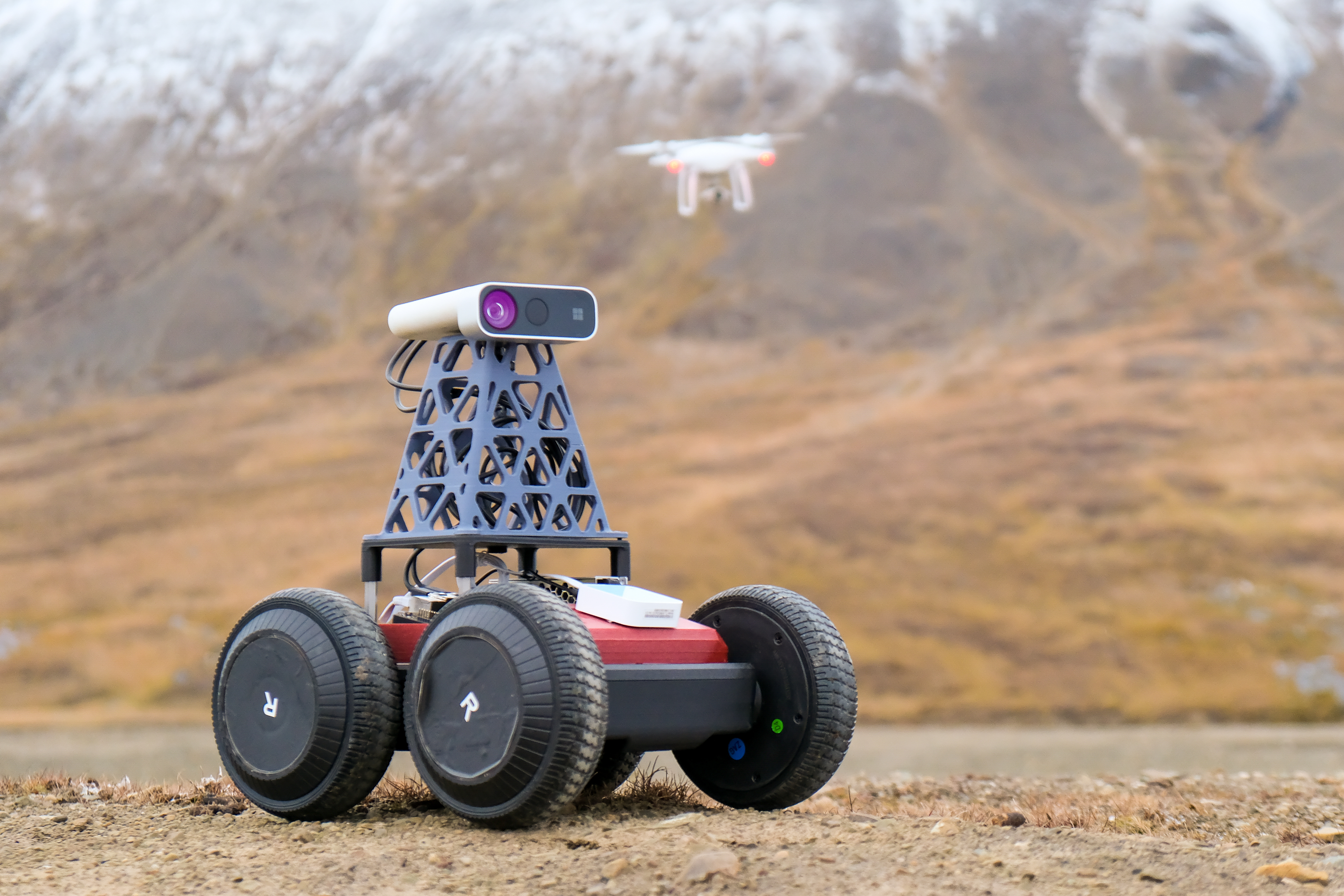
Cody Paige tests a rover from the MIT Resource Exploration and Science of our Cosmic Environment (RESOURCE) project.
Five researchers accross different departments are selected to be part of the MIT Svalbard Expedition in October 2021.
Cody Paige
https://www.media.mit.edu/projects/capturing-the-moon
Jessica Todd
https://www.media.mit.edu/posts/sea2space
Somayajulu Dhulipala
https://www.media.mit.edu/projects/agrithrive
Sana Sharma
https://www.media.mit.edu/projects/sei-analog-environments-study
Joe Kennedy
https://josephkennedy.us/architecture/habitat
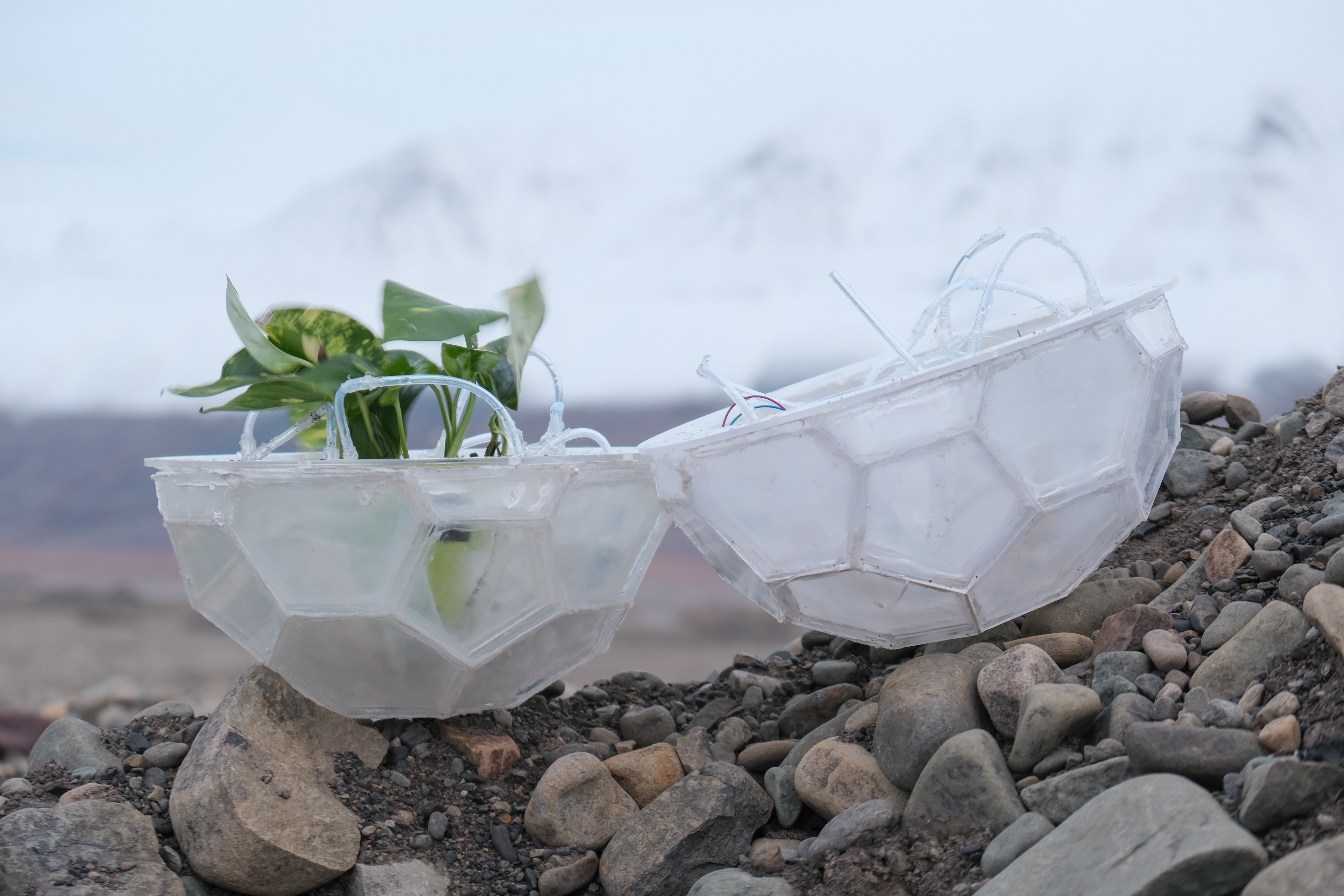
Somayajulu Dhulipala's AgriThrive plant habitat.
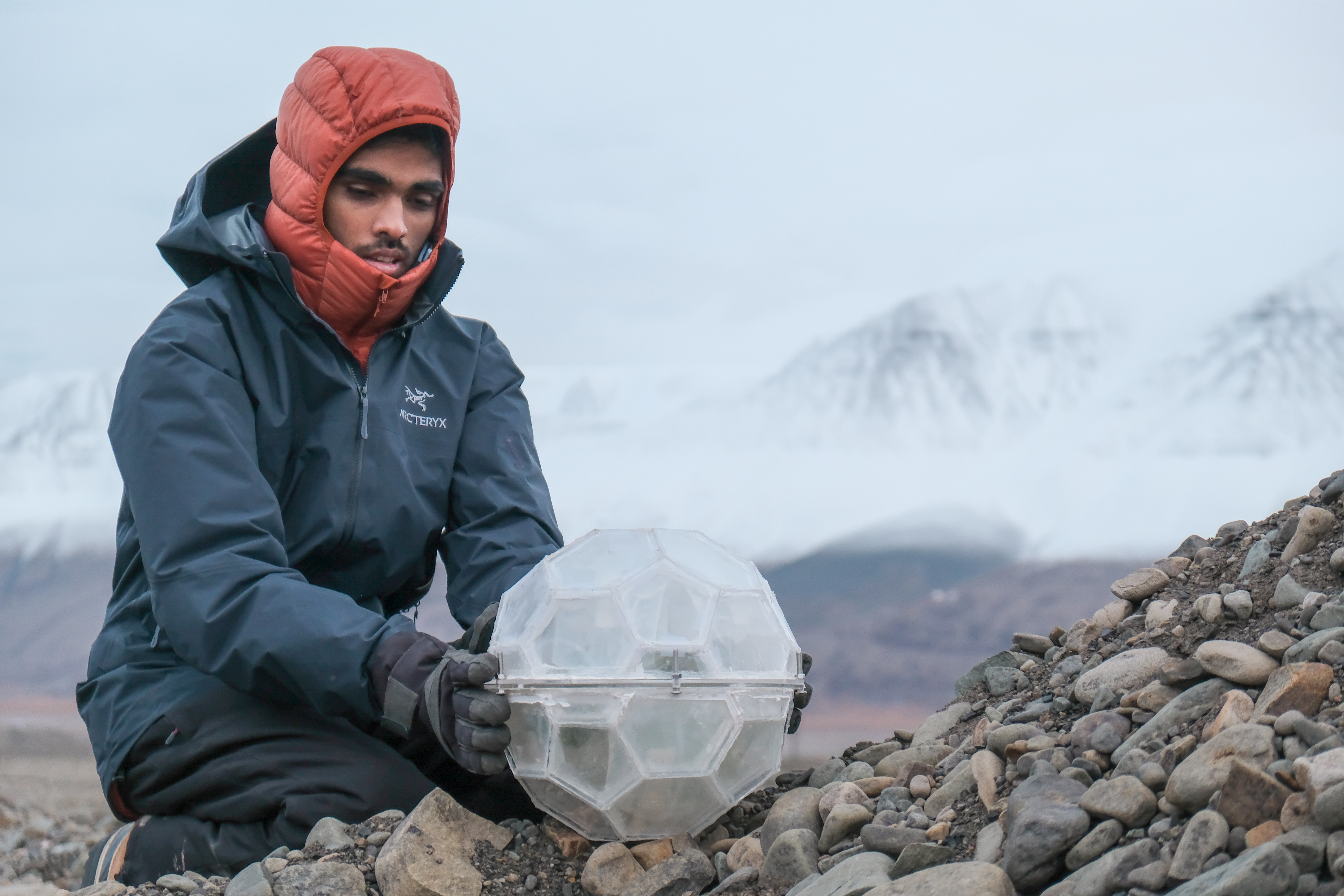
Somayajulu Dhulipala's AgriThrive plant habitat.
COLLABORATORS
Researchers: Cody Paige, Jess Todd, Somayajulu Dhulipala, Sana Sharma, Joe Kennedy
Logistics: Sean Auffinger
Supported by: MIT Space Exploration Initiative
Special thanks:
Trond Storm Johansen
Czech Arctic Research Station
MIT Media Lab
MIT Space Exploration Initiative
COLLABORATORS
Researchers: Cody Paige, Jess Todd, Somayajulu Dhulipala, Sana Sharma, Joe Kennedy
Logistics: Sean Auffinger
Supported by: MIT Space Exploration Initiative
Special thanks:
Trond Storm Johansen
Czech Arctic Research Station
MIT Media Lab
MIT Space Exploration Initiative
Gravity Proof
PERFORMANCE | VIDEO
Gravity Proof is a performance and mission to prepare and cook bread in space. This multi-part work includes an experimental performance on a parabolic flight, film, and zero g bread recipes.
Inspired by ancient recipes and archaeological bread remains, this exploration reimagines the cosmic past, present, and future of bread.


Parabolic flights reproduce gravity-free conditions in an aircraft through a parabolic maneuver of alternating upward and downward arcs interspersed with level flight. They provide a microgravity environment for scientists to conduct research without going into space. For this work, this environment was used to produce experimental methods to capture the materials, processes, and sensory attributes of bread in weightlessness, and to speculate on the future of bread as it ventures off our home planet.



A custom baking spacesuit was made through a collaboration with Addison Söder, Söder Studio in London, UK. Among its many custom features for baking in zero gravity is a built-in toolbelt, an apron that floats in weightlessness—transforming into a wearable countertop, and poof sleeves that rise like bread.
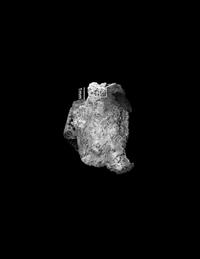
001: Archeological Bread

002: Zero G Dough
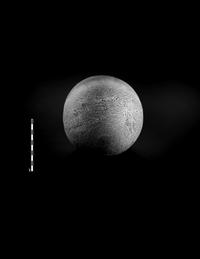
003: Space Bread

Zero gravity bread recipes were made in collaboration with the R&D division of the restaurant Alchemist in Copenhagen, Denmark. Working within the parameters of space travel, experimental methods were designed to keep a sourdough starter alive, in addition to prototypes for special packaging for mixing dry ingredients in weightlessness.
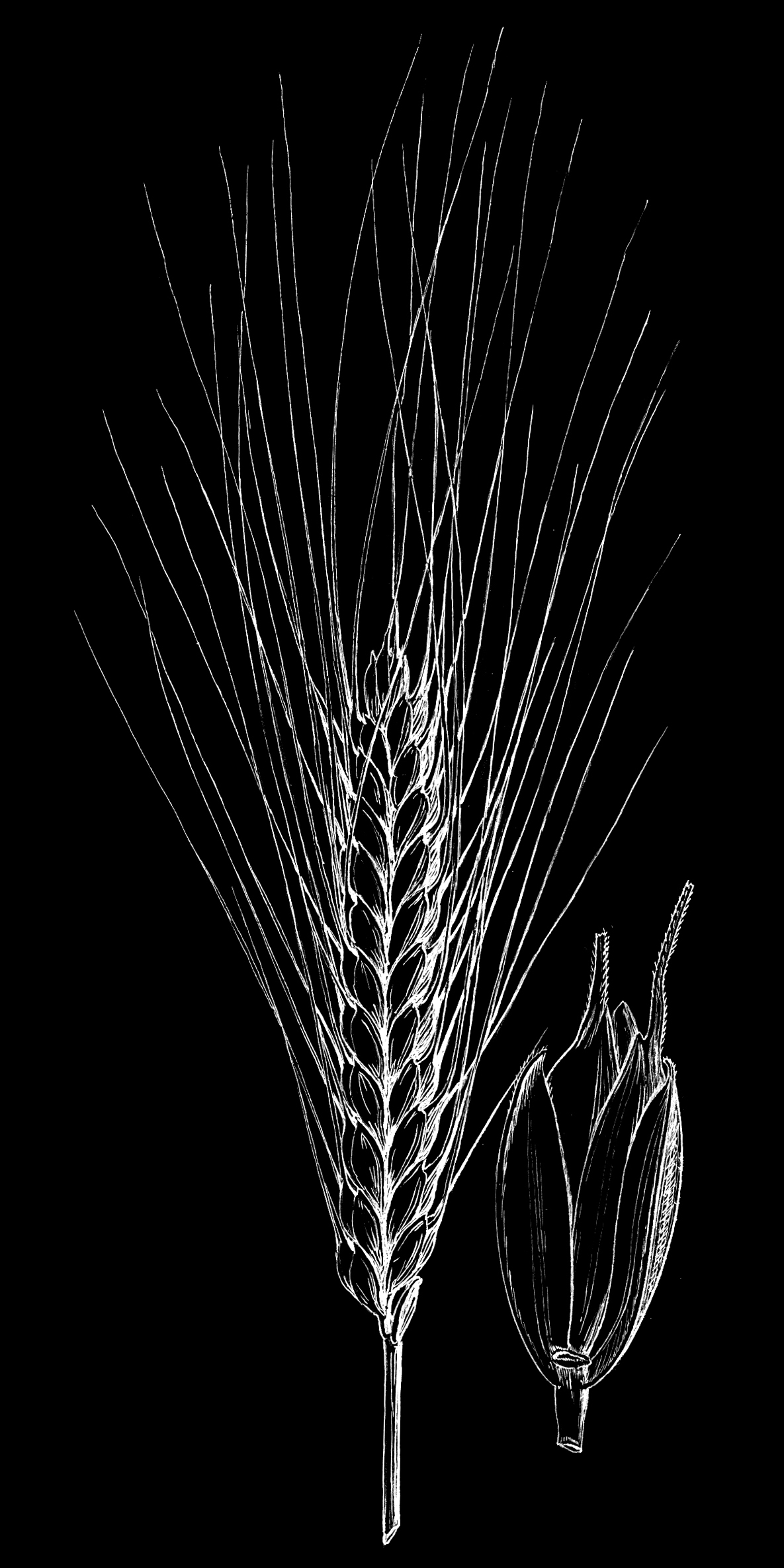
COLLABORATORS
Video and graphics: Nancy Valladares
Spacesuit design: Addison Söder, Söder Studio
Supported by: MIT Space Exploration Initiative
Special thanks:
ZERO-G